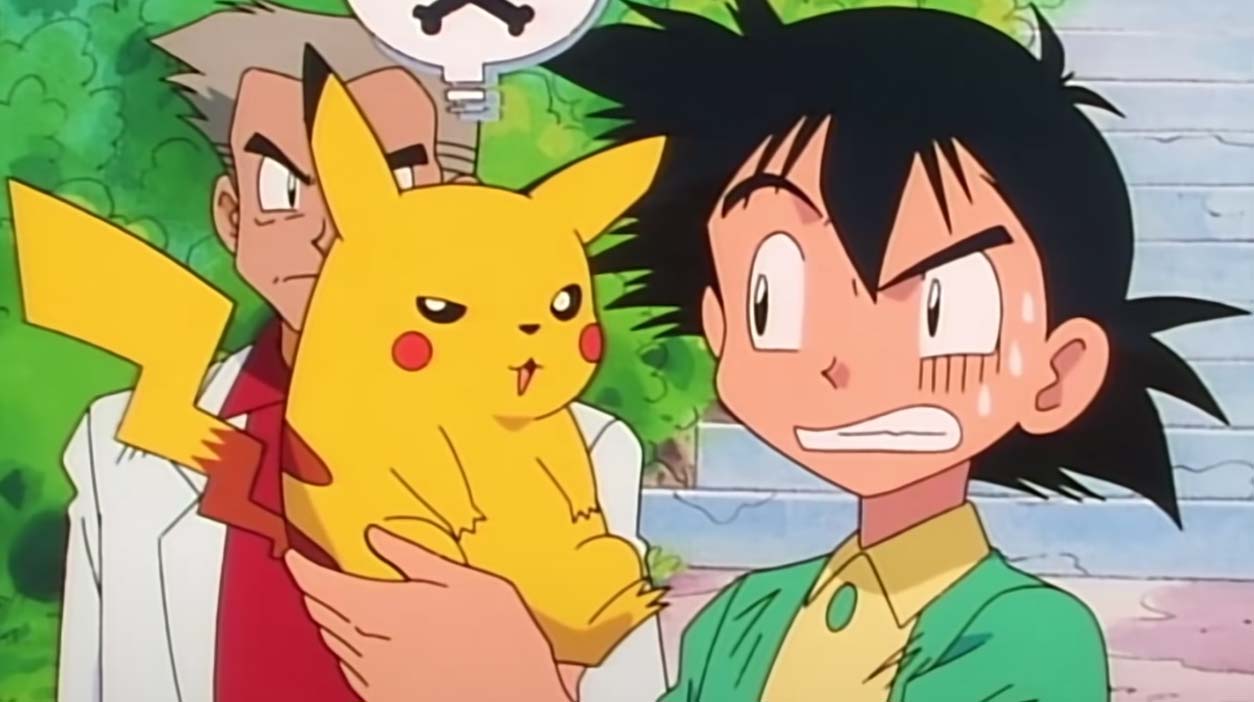This study could help with research surrounding visual issues

According to a Stanford University study, Pokémon players from the 90s seem to have one thing in common.
In 2019, researchers from the Ivy found that children who played the Pokémon Red and Blue games in the 90s might share a small region in the brain where all the 151 Pocket Monsters are stored.
First reported by Ars Technica, a report published in ‘Nature,’ a scientific journal, shows the breakdown of an experiment of people who played Pokémon in their childhood from around the years 1995 to 1998.
The study shows that when you display Pokémon from the original Game Boy game mixed with other stimuli, a specific region in the brain lights up. This means that Pokémon players from this period store this information in the same part of the brain.
According to the study, this occurs because kids played Pokémon on the Game Boy, a small Nintendo handheld with an even smaller display. As these children played the game on the handheld, all at a relatively similar distance to their faces, they used their central vision (the part of the centre of your retina).
A researcher from the study points out that finding this information links to how we look at virtual stimuli such as Pokémon and words to figure out how the brain is organized. This research could help people with dyslexia or perhaps help develop dyslexia-correction glasses with further study.
At the very least, now I know Pikachu or Charizard will be a few of the last things I remember if I happen to suffer from dementia in 40-50 years.
Image credit: The Pokémon Company
Via: ArsTechnica
>>> Read full article>>>
Copyright for syndicated content belongs to the linked Source : MobileSyrup – https://mobilesyrup.com/2024/01/26/study-trainers-pokemon-same-region-of-brain/?utm_source=rss&utm_medium=rss&utm_campaign=study-trainers-pokemon-same-region-of-brain































